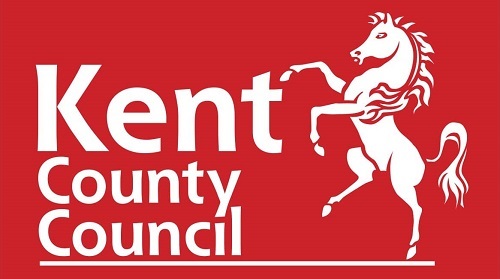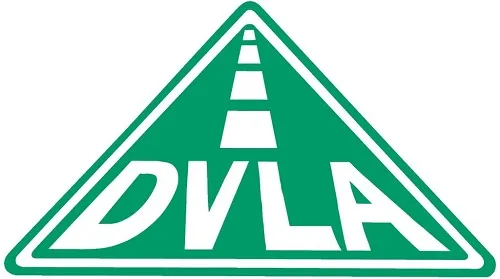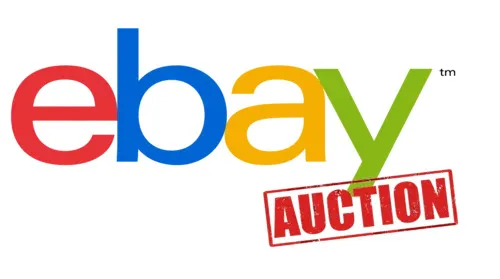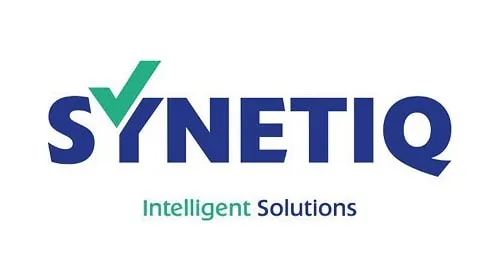Damaged Car Categories
Reclamet Limited
View ALL WASTE SERVICES
Reclamet Limited
View ALL WASTE SERVICES


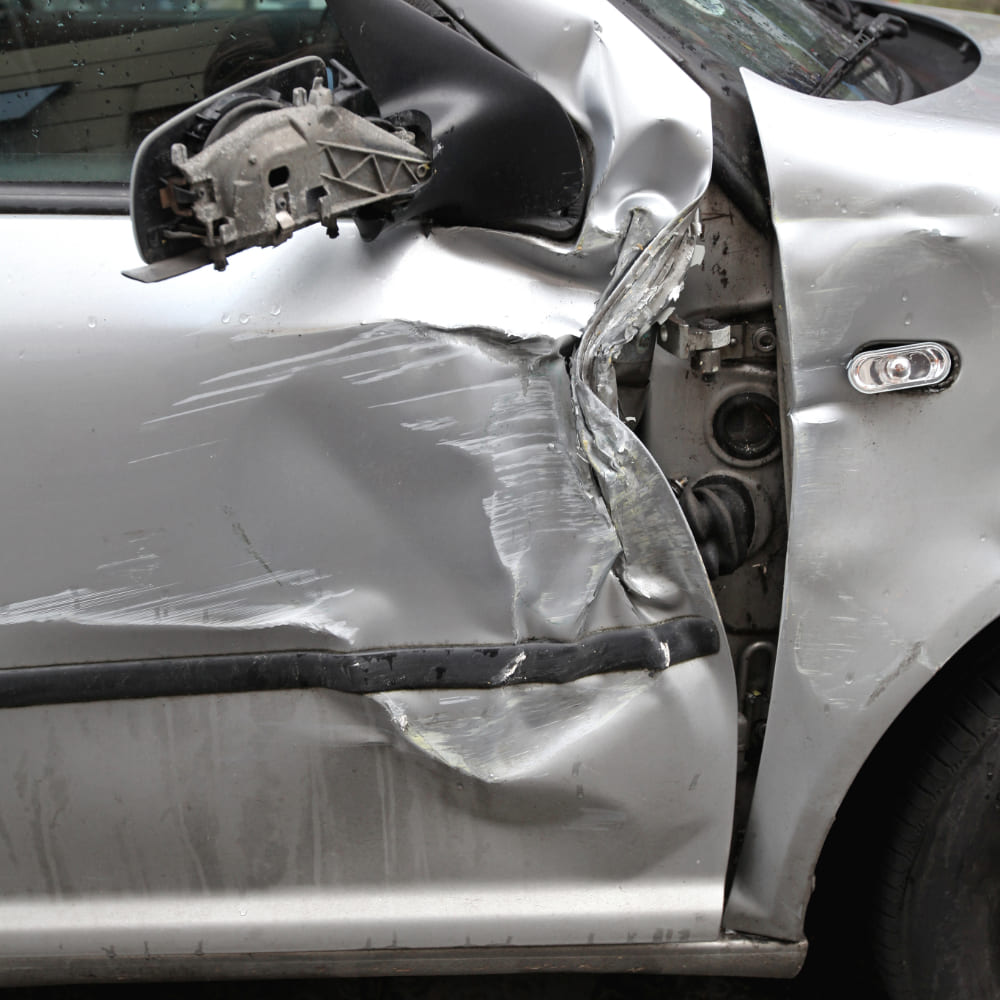




What are the categories for damaged cars?
The Association of British Insurers (ABI) and Lloyd’s Market Association (LMA) updated their codes and practices on the 1st of October 2017, making it easier for buyers to see why the vehicle
was written off. Categories A and B remained the same. Categories C and D replaced two new categories, S and N.
What are the four main salvage categories?
Category A
A written-off car or vehicle must be scrapped and cannot return to the road, meaning the damage to your car is so extreme that no part can be salvaged.
Category B
A written-off car or vehicle must have its chassis destroyed and not return to the road. Still, parts can be re-sold, meaning the damage to your car is extensive (i.e. the vehicle’s body, frame, or chassis could not be used again), and the vehicle will be scrapped.
Category S (formerly C)
A written-off car or vehicle that has chassis or structural damage but is repairable, meaning there is structural damage to your car (e.g., the wheel axis is bent, or a part of the chassis is deemed unsafe) and is uneconomical to repair. This means the vehicle will avoid being scrapped but will be professionally repaired before being driven on the road.
Category N (formerly D)
A written-off car or vehicle with non-structural damage or stolen-recovered means your vehicle has no structural damage. Still, it has an issue that makes it uneconomical to repair.
Other categories are:
Category U
These vehicles are not classed as salvage, but there still is a chance that they’re damaged.
Category X – Stolen/Recovered
These vehicles have been subject to an insurance claim but more than often have received minimal or no damage.
You might hear the terms’ actual loss’ describes categories A and B, and ‘constructive loss’ represents categories S and N.
How to deal with a car that’s damaged.
How do insurers decide that your vehicle is a ‘write-off’?
Your insurer will ‘write off’ your vehicle if the damage is so extreme that it can’t be repaired or if the cost of fixing it is uneconomical. They won’t just calculate whether the repair cost exceeds the car’s market value (the price it will likely fetch if sold). The insurer also needs to consider providing a courtesy vehicle and any administrative costs—for example, sending an inspection engineer.
In most cases, any repairs exceeding half to two-thirds of the vehicle’s value will lead to the insurer considering the car not worth repairing and a write-off. This means an insurer will not fix a vehicle if it is uneconomical or unsafe.
Can I keep the damaged car and have it repaired?
If the vehicle is a Category A or B write-off, you can’t keep it to be repaired. The Association of British Insurers (ABI) Salvage Code states that these cars should be destroyed and crushed. Vehicle parts from Category B cars that are considered safe can be sold.
If the vehicle is a Category S or N, you should be able to keep it, although the costs to fix it may be more than the car’s value. These vehicles may also be sold for repair after your insurer compensates you. You will need to seek advice from your insurer.
Do insurance companies report the status of a vehicle to the DVLA?
It’s entirely up to the vehicle’s registered owner to notify the DVLA when a written-off car or vehicle is passed onto an insurer.
The car owner can permit the insurer to act on their behalf when telling the DVLA about a car’s condition. The insurer must notify the DVLA using the appropriate section of the car’s V5C logbook. If an insurer doesn’t complete this, the registered owner will still be legally responsible and liable for the vehicle.
What happens if a vehicle is stolen but comes back with a write-off?
While vehicle security is constantly improving, an estimated 89,400 vehicles were stolen in the UK in 2020/2021. Around half are recovered by the police, but cars don’t always return to their owners in tip-top shape.
Recovered stolen vehicles written off will also be categorised as A, B, S or N.
If the recovered vehicle has minor damage or is undamaged, the Motor Insurance Anti Fraud and Theft Register (MIAFTR) must be notified to mark the car as recovered.
Insurance for Category S and N cars.
Can I get insurance for a Cat S car?
Yes, some companies will insure a Category S car. They will almost certainly require the vehicle to undergo a new MOT test and may request an engineer’s report.
Can I insure a Cat N car?
It’s possible to ensure a Category N car. Similarly to Cat S, the insurer may require a new MOT and engineer’s report.
What happens to a Cat S insurance write-off?
Once the insurance claim has been paid out to the owner, Cat S vehicles can be sold for repair or are commonly sold at auctions by an insurer to car traders or garages. This way, the insurer recoups some of the cost.
Cat S cars can be made as safe as new cars and driven again. If you’re considering buying a Cat S car, checking any repairs to ensure they’ve been done to the correct standard may be worth checking.
What happens to a Cat N insurance write-off?
Like Cat S write-offs, Cat N vehicles can also be sold or repaired by an insurer after the claim has been paid out to the owner.
As Cat N cars are lightly damaged, some businesses and garages specialise in repairing them back to a roadworthy condition to sell on.
Car safety and costs.
Are Cat S cars less safe than regular cars?
When adequately repaired, Category S cars should be just as safe and legal to drive as new cars. If you’re considering buying a Cat S car but need clarification on its condition, have an independent inspector check it.
Are Cat N cars less safe than regular cars?
Category N cars are written off because they are uneconomical to repair, meaning the extent of their damage may be minor. Still, the insurer may determine it is too expensive to repair or replace a vehicle part.
So, even though the vehicle’s safety wasn’t compromised, it became a Cat N write-off for purely economic reasons. However, restoring the car to a safe, working condition can be straightforward.
If you think that a Cat N car needs to be put up to roadworthy status, you can hire an independent inspector to check it.
Are Cat S and N cars cheaper to buy?
Yes, Category S and N cars are usually available to buy at a lower price because of their damage history.
Do Cat S and N cars have higher insurance premiums?
Some insurance companies might not insure Category S and N cars, and others may charge more. Insurance companies often require an engineer’s report before offering insurance for Cat S cars. The same goes for Cat N.
Can I check if a vehicle has been damaged to a Category S and N level?
Yes, you can, and at Reclamet Limited, we always ensure buyers are aware of all the facts about a vehicle before buying. Professional car traders and vendors must state whether a car has been previously written off.
Reclamet Limited,
Woodchurch Rd,
Birchington. CT7 0HL
Call: 01843 800800
Email: enquiries@reclamet.co.uk

What are the categories for damaged cars?
The Association of British Insurers (ABI) and Lloyd’s Market Association (LMA) updated their codes and practices on the 1st of October 2017, making it easier for buyers to see why the vehicle
was written off. Categories A and B remained the same. Categories C and D replaced two new categories, S and N.
What are the four main salvage categories?
Category A
A written-off car or vehicle must be scrapped and cannot return to the road, meaning the damage to your car is so extreme that no part can be salvaged.
Category B
A written-off car or vehicle must have its chassis destroyed and not return to the road. Still, parts can be re-sold, meaning the damage to your car is extensive (i.e. the vehicle’s body, frame, or chassis could not be used again), and the vehicle will be scrapped.
Category S (formerly C)
A written-off car or vehicle that has chassis or structural damage but is repairable, meaning there is structural damage to your car (e.g., the wheel axis is bent, or a part of the chassis is deemed unsafe) and is uneconomical to repair. This means the vehicle will avoid being scrapped but will be professionally repaired before being driven on the road.
Category N (formerly D)
A written-off car or vehicle with non-structural damage or stolen-recovered means your vehicle has no structural damage. Still, it has an issue that makes it uneconomical to repair.
Other categories are:
Category U
These vehicles are not classed as salvage, but there still is a chance that they’re damaged.
Category X – Stolen/Recovered
These vehicles have been subject to an insurance claim but more than often have received minimal or no damage.
You might hear the terms’ actual loss’ describes categories A and B, and ‘constructive loss’ represents categories S and N.
How to deal with a car that’s damaged.
How do insurers decide that your vehicle is a ‘write-off’?
Your insurer will ‘write off’ your vehicle if the damage is so extreme that it can’t be repaired or if the cost of fixing it is uneconomical. They won’t just calculate whether the repair cost exceeds the car’s market value (the price it will likely fetch if sold). The insurer also needs to consider providing a courtesy vehicle and any administrative costs—for example, sending an inspection engineer.
In most cases, any repairs exceeding half to two-thirds of the vehicle’s value will lead to the insurer considering the car not worth repairing and a write-off. This means an insurer will not fix a vehicle if it is uneconomical or unsafe.
Can I keep the damaged car and have it repaired?
If the vehicle is a Category A or B write-off, you can’t keep it to be repaired. The Association of British Insurers (ABI) Salvage Code states that these cars should be destroyed and crushed. Vehicle parts from Category B cars that are considered safe can be sold.
If the vehicle is a Category S or N, you should be able to keep it, although the costs to fix it may be more than the car’s value. These vehicles may also be sold for repair after your insurer compensates you. You will need to seek advice from your insurer.
Do insurance companies report the status of a vehicle to the DVLA?
It’s entirely up to the vehicle’s registered owner to notify the DVLA when a written-off car or vehicle is passed onto an insurer.
The car owner can permit the insurer to act on their behalf when telling the DVLA about a car’s condition. The insurer must notify the DVLA using the appropriate section of the car’s V5C logbook. If an insurer doesn’t complete this, the registered owner will still be legally responsible and liable for the vehicle.
What happens if a vehicle is stolen but comes back with a write-off?
While vehicle security is constantly improving, an estimated 89,400 vehicles were stolen in the UK in 2020/2021. Around half are recovered by the police, but cars don’t always return to their owners in tip-top shape.
Recovered stolen vehicles written off will also be categorised as A, B, S or N.
If the recovered vehicle has minor damage or is undamaged, the Motor Insurance Anti Fraud and Theft Register (MIAFTR) must be notified to mark the car as recovered.
Insurance for Category S and N cars.
Can I get insurance for a Cat S car?
Yes, some companies will insure a Category S car. They will almost certainly require the vehicle to undergo a new MOT test and may request an engineer’s report.
Can I insure a Cat N car?
It’s possible to ensure a Category N car. Similarly to Cat S, the insurer may require a new MOT and engineer’s report.
What happens to a Cat S insurance write-off?
Once the insurance claim has been paid out to the owner, Cat S vehicles can be sold for repair or are commonly sold at auctions by an insurer to car traders or garages. This way, the insurer recoups some of the cost.
Cat S cars can be made as safe as new cars and driven again. If you’re considering buying a Cat S car, checking any repairs to ensure they’ve been done to the correct standard may be worth checking.
What happens to a Cat N insurance write-off?
Like Cat S write-offs, Cat N vehicles can also be sold or repaired by an insurer after the claim has been paid out to the owner.
As Cat N cars are lightly damaged, some businesses and garages specialise in repairing them back to a roadworthy condition to sell on.
Car safety and costs.
Are Cat S cars less safe than regular cars?
When adequately repaired, Category S cars should be just as safe and legal to drive as new cars. If you’re considering buying a Cat S car but need clarification on its condition, have an independent inspector check it.
Are Cat N cars less safe than regular cars?
Category N cars are written off because they are uneconomical to repair, meaning the extent of their damage may be minor. Still, the insurer may determine it is too expensive to repair or replace a vehicle part.
So, even though the vehicle’s safety wasn’t compromised, it became a Cat N write-off for purely economic reasons. However, restoring the car to a safe, working condition can be straightforward.
If you think that a Cat N car needs to be put up to roadworthy status, you can hire an independent inspector to check it.
Are Cat S and N cars cheaper to buy?
Yes, Category S and N cars are usually available to buy at a lower price because of their damage history.
Do Cat S and N cars have higher insurance premiums?
Some insurance companies might not insure Category S and N cars, and others may charge more. Insurance companies often require an engineer’s report before offering insurance for Cat S cars. The same goes for Cat N.
Can I check if a vehicle has been damaged to a Category S and N level?
Yes, you can, and at Reclamet Limited, we always ensure buyers are aware of all the facts about a vehicle before buying. Professional car traders and vendors must state whether a car has been previously written off.
Reclamet Limited,
Woodchurch Rd,
Birchington. CT7 0HL
Call: 01843 800800
Email: enquiries@reclamet.co.uk

